Tokyo FILMeX at Ten
Celebrating its tenth birthday this month, FILMeX has emerged as one of the best venues in Japan for introducing feature films by young Asian directors. With the support of Office Kitano, festival director Kanako Hayashi has created a unique annual event to showcase independent works that might otherwise not screen in Tokyo, as well as chapters of Japanese film heritage hitherto unknown beyond the archipelago. With an emphasis on filmic and historical values, FILMeX is a festival for cinephiles, rather than production and distribution companies.
This year’s program opens with “Face”, Taiwanese director Tsai Ming-liang’s meta-cinematic reworking of the myth of Salome. Loosely following the story of a film director (Lee Kang-sheng) in France on commission by the Louvre, “Face” offers a visual feast and theoretical homage to the nouvelle vague.
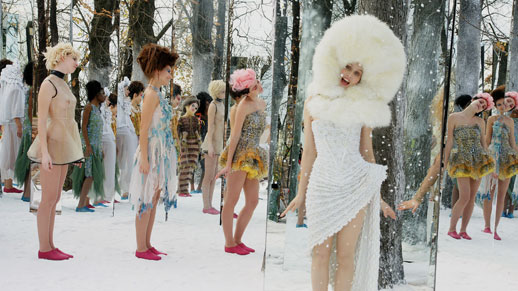
The ten films in the main competition are intended to reflect the best by emerging Asian directors. From Iran, Hana Makhmalbaf’s “Green Days” blends documentary with drama to capture the political turmoil around opposition leader Mousavi, while Bahman Ghobadi’s “No One Knows About Persian Cats” (winner of the Special Jury Prize at Cannes) looks at young musicians in a land where pop music is outlawed. Thai director Pen-Ek Ratanaruang (of “Monrak Transistor” fame) returns with “Nymph”, an absurdist drama of an estranged couple who lose each other in a murky forest. Malaysian Joon-han Yeo’s pointedly comic “Sell Out!” is the story of a disheartened female TV reporter who befriends a quirky electronics developer. Other entries include Vimukthi Jayasundara’s “Between Two Worlds” (Sri Lanka), Tso-chi Chang’s omnibus film “How Are You, Dad?” (Taiwan), Soi Cheang’s cerebral thriller “Accident” (Hong Kong), and Ik-June Yang’s hit “Breathless” from South Korea. The sole entry from Japan is Go Shibata’s “Doman Seman”. Known for his 2004 “Late Bloomer”, Shibata’s latest follows a Kyoto drifter who becomes drawn into conflict with supernatural forces.
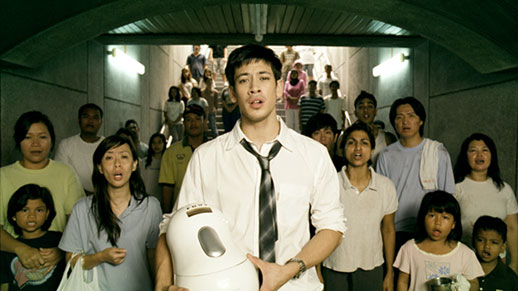
Next up, the “Special Screenings” program offers an international selection of ten films, representing the current state of world cinema. Of particular note for local audiences are Japanese premieres by Toshiaki Toyoda and Tatsushi Omori. Toyoda’s eagerly-awaited “The Blood of Rebirth” (Yomigaeri no Chi) draws upon the legend of Oguri Hangan, a young aristocrat disfigured by poison and near death, who is revivified in the sacred land of Kumano. Set in present-day Japan, Tatsushi Omori’s “A Crowd of Three” (Kenta to Jun to Kayo-chan no Kuni) follows two lowly demolition workers (Shota Matsuda and Kengo Kôra) who hit the road in search of a new life. This program also includes Courtney Hunt’s “Frozen River” (USA), Claudia Llosa’s “The Milk of Sorrow” (Peru), Ye Lou’s “Spring Fever” (China), and Liang Zhao’s documentary “Petition” (China). These films offer unique treatments of a broad range of social concerns, from anxiety about immigration, to terrorism, homosexuality, and the consequences of aggressive economic development.
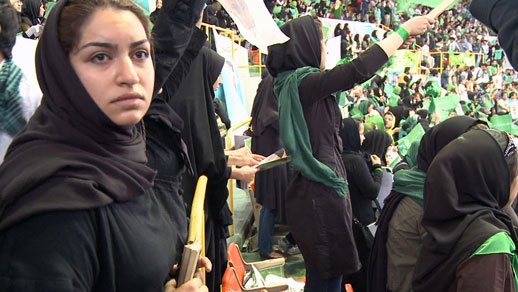
With the Tokyo International Film Festival (TIFF) having abdicated its role of exploring film heritage, FILMeX has displaced it as an important opportunity to explore the history of Japanese cinema. The eighth and ninth installments showcased the films of directors Satsuo Yamamoto and Koreyoshi Kurahara, then largely unknown outside of Japan. For 2009, this wonderful program continues with “Nippon Modern: 1930s”, a selection of 27 short and feature films, focusing on Yasujiro Shimazu and the directors of the Shochiku Kamata studio.
The so-called “Kamata style” took shape from the end of the 1920s, as an expression of modanizumu in film. The emergence of sound technology, the abandonment of benshi narration, and a reaction against the perceived gloom of the melodramatic shinpamono — all of these factors contributed to the formation of this new style. For then-Kamata studio head Shirô Kido, warmth, brightness, and a lighter touch were to be emphasized; and in the face of social and economic hardship, politics were traded for humor and hope. By foregrounding events in everyday life, the Kamata directors refined the middle-class drama into a vehicle for communicating more significant truths. These films became the affective prototypes for many later Shochiku productions.
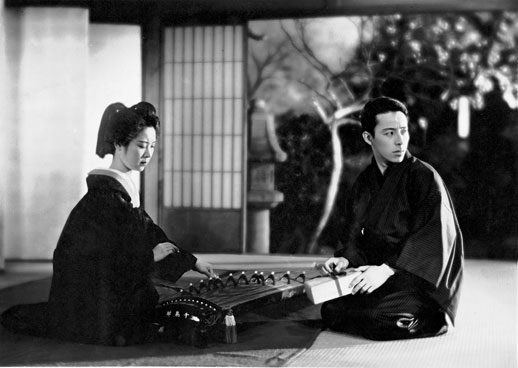
The “Nippon modern” program also includes a number of rare nonsense comedies by Torajirô Saitô, the earliest surviving film by Mikio Naruse, and a commemoration of the extraordinary actress Kinuyo Tanaka.
For the second special program, FILMeX is hosting four films in “Code Name: Melville”, an extensive retrospective of the incomparable Jean-Pierre Melville (held concurrently at L’institut Franco-Japonais de Tokyo). One of the principal architects of the cinéma policier, Melville is known for a series of highly aestheticized crime dramas such as “Bob le flambeur”, “Le Doulos”, and “Le Samouraï”. While the films in “Code Name: Melville” will not have English subtitles, nearly everything else in the FILMeX program will.
Forty-two films in nine days: knock yourself out!
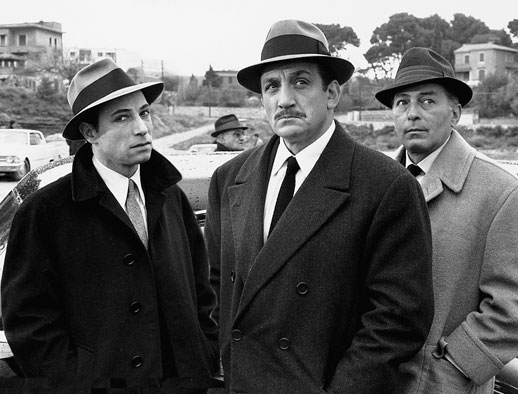
Advance reservations highly recommended. See the festival homepage for more information.
M. Downing Roberts
M. Downing Roberts



